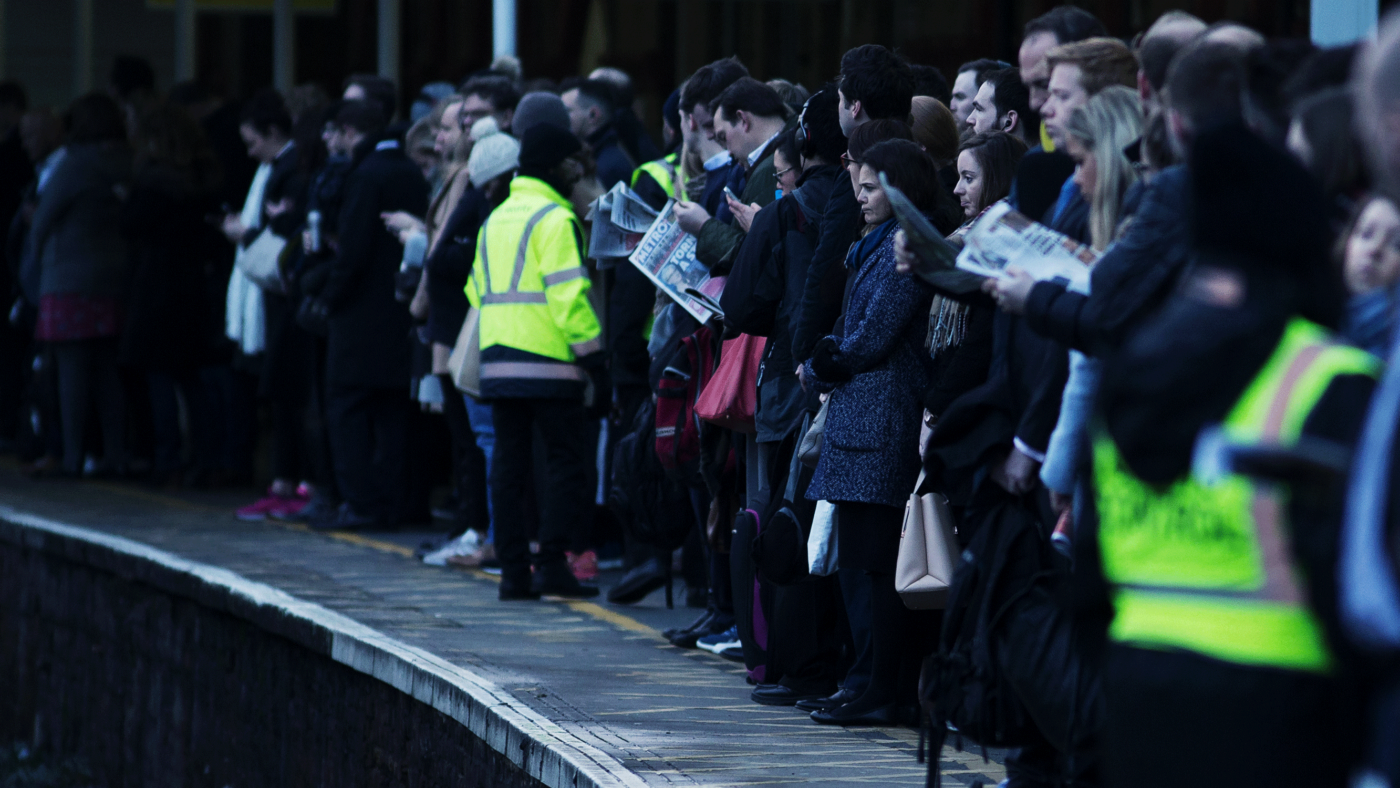An unhappy commuter successfully sued Greater Anglia this month after he said he experienced 183 delays in 550 journeys between his home in Halesworth and Ipswich. His claim that he spent almost 28 hours in the past year waiting for delayed trains comes amidst the latest in a line of dismal rail statistics from the Office of Rail and Road – which included some of the lowest train punctuality in over a decade.
It’s been 10 years since the Commission for Integrated Transport produced its report, A New Approach to Public Transport, which perhaps generously labelled the UK’s public transport as “patchy” outside its major cities. Their findings were based on the infrequency of trains, early finishes and the absence of some weekend services. To those who have ever used a replacement bus service this may be a familiar story, but in the absence of meaningful progress in the decade since these findings were made public, Britain’s towns have missed out.
The Germans have a word for its remote areas – hinterland – which literally translates as “the land behind”. In Britain’s case this might be better translated as the land left behind. For in Germany, as in Switzerland and the Netherlands, effective network planning and demand-responsive services ensure nowhere is left behind.
The effects of such unreliability are manifold. Transport infrastructure is a key indicator of macroeconomic performance. Firms benefit from effective transport links by having a larger recruitment pool and are able to reach wider markets. Consequently businesses become more competitive as they enter new areas, the benefits of which are passed on to the consumer in lower prices and better service.
There are obvious ways to improve Britain’s rural transport links without resorting to the nuclear option of nationalisation. Over the last decade small bus companies operating rural services have been failing, while larger companies have been cutting back on services. For market providers, offering bus routes at arbitrary times of the day, in sparsely populated areas, does not make much sense. In Europe, countries like Switzerland and the Netherlands have successfully piloted demand-responsive transport links between rural areas and train stations.
Instead of buses, smaller vehicles run during peak hours to take people to their major railway station, offering people a shuttle service when demand is highest. When demand is low, the service runs infrequently if at all. In the UK, this would allow bus companies to use their resources more efficiently, while passengers can save on parking, fuel and the depreciation of their vehicle. Roads will become less congested in peak hours, and reduced costs for bus companies should lead to lower fares for passengers.
These benefits are needed in Britain’s small towns. The latest figures from the Department for Transport show that between 1997-2017, the largest increases in road traffic outside the motorways have been on Rural “A” Roads (21 per cent) and Rural Minor Roads (24.5 per cent). This is a direct indictment of Britain’s failure to provide adequate transport services for small towns, which has meant more and more cars on the road, and fewer business opportunities outside of major conurbations. Excluding London, England has seen passenger journeys on local bus services fall from 603 million in 2009 to 527 million by the end of 2017.
The good news in all of this is that extensive improvements in the railways are underway, and will continue in the coming years. Network Rail has undertaken what it labels as “the biggest programme of rail modernisation since the Victorians”. Included in this modernisation are new stations in Cambridge North, Ilkeston in Derbyshire and Low Moor in Yorkshire. Trains will run more frequently across the network and journey times will be faster. By no means will this make our rail network perfect, but the opening of new stations in rural areas should be welcomed as a genuine sign of progress.
In the meantime, the focus should be on how to maximise the potential of this new infrastructure so that our smaller communities do not become increasingly marginalised. In 2004 schemes across the country emerged that picked up passengers from their homes and took them directly to work. The Doris bus service in West Sussex began with 250 passengers a month before increasing to 1,800 the service was so popular, with some users even claiming to have sold their cars as a result. Similar schemes in Wiltshire existed before ending due to government cutbacks.
Reintroducing programs such as these would cost money, but the economic benefits of reconnecting our towns and cities shouldn’t be overlooked. Easing the burden of travel between towns and cities will encourage greater home ownership in smaller communities. Given the concentration of higher house prices in major cities, boosting demand outside these areas may provide young people with a greater chance of owning a home without sacrificing their ability to work. However intangible, the government’s commitment to reducing emissions would also be served by reintroducing demand-led bus services, while reduced numbers of cars on the roads will reduce costs on maintenance and resurfacing.
There is a strong economic case for investing back into Britain’s rural transport links. The current expansion of Britain’s rail network gives a unique opportunity to improve rural transport links, which are currently failing those living outside Britain’s cities. Reinvigorating a demand-responsive transport network in harder-to-reach areas will ease the burden on our already congested roads and allow commuters and businesses to reach a wider market of customers and employees. Reconnecting Britain’s hinterlands should be a matter of priority.


